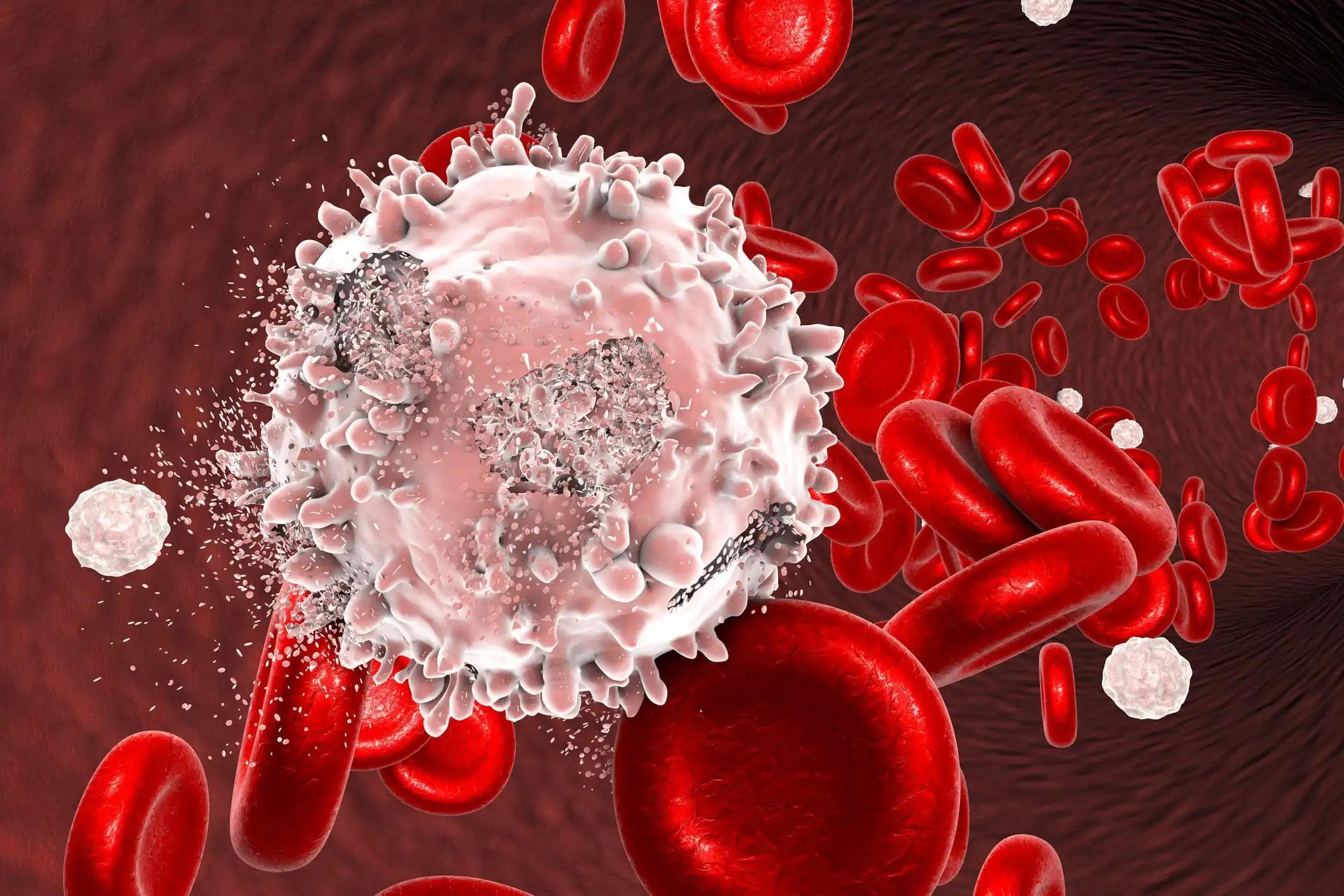KEY TAKEAWAYS
- A clinical trial( NCT02500407) is assessing the efficacity of Mosun monotherapy in cases with regressed refractory NHL( including aggressive NHL and idle NHL).
- Exploratory PD biomarker analyses are being conducted to understand the medicine’s medium of action, cure, safety, and clinical exertion.
- Boluses of ≥0.4 mg were associated with a flash increase in cytokine release, which returned to birth by 24 hours.
- SUD was enforced to alleviate CRS and enable the use of clinically active boluses.
- Increases in CD8 T cells( CD8 IF) in- treatment tumour necropsies were substantially seen in cases who responded to treatment.
- PD biomarker studies of Mosun in supplemental blood and tumour necropsies indicate vulnerable-cell exertion.
Mosunetuzumab( Mosun) is a bispecific antibody which induces a synthetic synapse between T cells and B cells, performing in T- cell activation and the product of cytokines that grease vulnerable- mediated B- cell payoff. It’s being developed as a fixed-duration, off-the-shelf remedy to treat non-Hodgkin carcinoma( NHL). The Phase I and II study( NCT02500407) estimated the efficacity of Mosun monotherapy in cases
( pts) with regressed refractory NHL( aNHL; n = 278; DLBCL, MCL, RS, converted FL, FL3b; and iNHL;
n = 168;
FL, MZL, SLL) in two dosing cohorts fixed( Group A; n = 33) and step- up( Group B; n = 414).
We present an exploratory analysis of pharmacodynamic( PD) biomarkers about the medium of action, cure, safety, and clinical exertion. In Group A, the target cure( TD) of Mosun was given intravenously on
Cycle( C) 1 Day( D)
1(0.05 –2.8 mg). In Group B, step- up boluses( SUD) were administered on C1D1(0.4 – 1 mg),
C1D8( 1 – 2 mg), and the TD on C1D15(2.8 mg – 60 mg). The recommended cure was verified as C1D1( 1 mg),
C1D8( 2 mg), C1D15 and C2D1( 60 mg) and C3D1 – C8/ C17( 30 mg). ELISA or SIMOA assays and inflow cytometry measured cytokines
( IL- 6, INF- γ, TNF- α, IL- 2, IL- 10) and PB vulnerable-cell subsets. birth( BL) and on- treatment( on- Tx) tumour necropsies were assessed by CD8 immunofluorescence( IF) and RNAseq.
Results showed that cytokine release passed at Mosun boluses ≥0.4 mg, with an acute, flash response seen beforehand after administration that returned to BL situations by 24 hours. An analogous cytokine stashing pattern was observed, with high situations detected in cases passing cytokine release pattern( CRS). SUD was initiated as a CRS mitigation strategy, using the linked, pharmacodynamically active cure as the original cure. Despite an alternate cytokine peak at C1D15 during SUD, significantly advanced boluses could be administered without corresponding cytokine release.
Taking CD20 receptor residency into account, exposure-response analyses verified that SUD enabled advanced Mosun dosing to achieve clinically active exposure. Time-dependent margination, activation( CD69), and proliferation( Ki67) of CD4 and CD8 T cells matched PD changes observed with cytokines in both aNHL and iNHL. B- cell reduction was observed beforehand after the original Mosun administration and sustained throughout treatment. Advanced PB B cells at BL were associated with advanced response in pts with aNHL, and increased actuated T- cell subsets
( CD4 DR GzB and CD4/ 8 Tn DR) were associated with response. CD8 T cells( CD8 IF) increased in on-Tx tumour necropsies of responding pts. In conclusion, PD biomarkers of Mosun in PB and tumour necropsies indicate vulnerable-cell exertion associated with treatment, and SUD is a successful CRS mitigation strategy to enable clinically active boluses.
Source: https://ash.confex.com/ash/2022/webprogram/Paper157934.html
Clinical Trial: https://clinicaltrials.gov/ct2/show/NCT02500407
Huw, L.-Y. (2022). Pharmacodynamic Biomarkers of Mosunetuzumab Efficacy and Safety in Patients with Relapsed/Refractory Non-Hodgkin Lymphoma: Results from a Phase I/II Study. [online] ash.confex.com. Available at: https://ash.confex.com/ash/2022/webprogram/Paper157934.html [Accessed 20 Feb. 2023].



